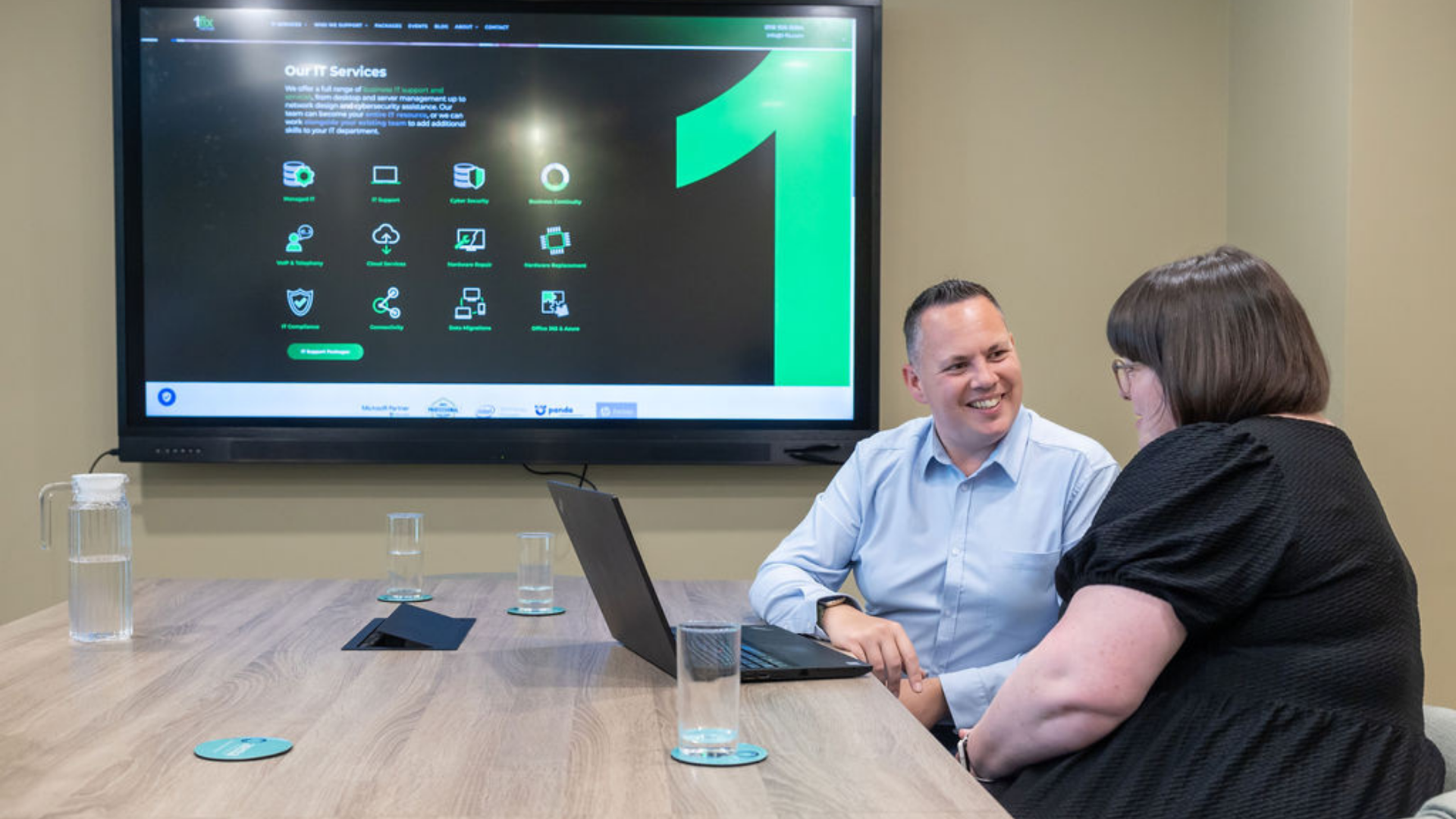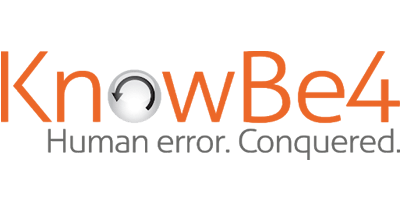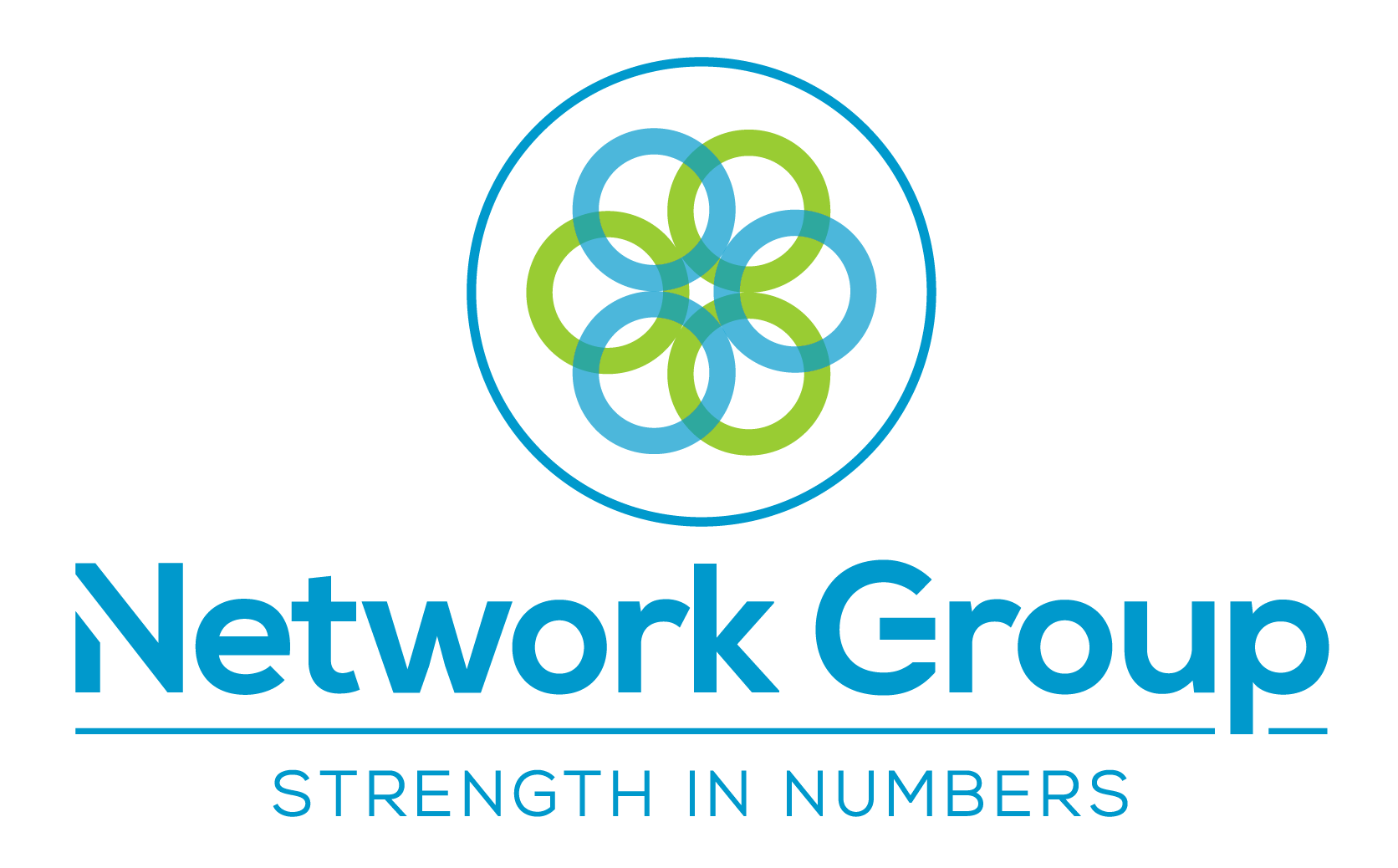Technology and fresh thinking will help us reinvent teamwork
Leo Daniels • October 23, 2020
This is a subtitle for your new post
As the coronavirus pandemic shows no sign of abating, can teams remain productive?
The last few months have been challenging for all businesses. As governments across the world took the step of enforcing lockdowns to confront the Covid-19 pandemic, most organisations went from gathering every morning in the office for a daily stand-up, to a new reality of working-from-home, conference calls and virtual-only interaction. In a strange paradox, staff members have ended up working scattered across multiple locations – in some cases even across various countries – at the very moment in which the upset triggered by the pandemic requires teams to be more cohesive and effective. How can they face up to this challenge? Can teamwork and team culture be preserved, and even reinvented, in the midst of the coronavirus emergency?
According to Margarete McGrath, a chief digital officer at Dell Technologies UK, technology is already playing a key role in ensuring that teams keep working as smoothly and productively as possible. “Technology has an absolutely critical role, [and it’s] really ramping up,” she says. Although the working-from-home arrangement has had the positive effect of speeding some tasks up – with red tape and paperwork being slashed to a minimum and year-long problems solved swiftly out of sheer necessity – there are still issues that need to be addressed with fresh thinking and new tools.
Rana el Kaliouby, the founder and CEO of emotional intelligence-focused AI company Affectiva and author of Girl Decoded, explains how some emerging AI-powered tools can improve the cohesiveness and harmony of a team working from home. While on a video conference call, these tools can monitor each participant’s engagement and response throughout the conversation, helping to gauge how well the team is working together. “Our technology is able to track every person’s expression [while on a call],” she says.
“We [can] aggregate people’s responses, and show how positive or negative people are – you can see whether everybody’s smiling Or you could visualise each person as a separate track.”
Although video-calls have reached new highs of speed and sharpness, and other collaboration tools have exploded over the past several months, el Kaliouby believes that some elements of the “meatspace” office remain hard to replicate digitally. “One thing I think we have not figured out how to do with technology is brainstorming,” she says. “In a [physical] brainstorming session, you have a whiteboard, people are drawing ideas and riffing off each other. On Zoom, we’re all staring at each other.”
That might possibly change in the near future, as cutting-edge technologies enter the mainstream. “We’re seeing a real pivot moment to virtual experience. So Virtual Reality, Augmented Reality will get more elevated,” McGrath says. “That will continue to grow.” Meanwhile, other technologies – from biometrics, to advanced user interfaces, to real-time data analytics – are being harnessed to boost personalisation, safety, and privacy. In this way, companies keep workers engaged and reassure them about the increased role digital tools have taken up during the ongoing emergency. “We are seeing greater levels of collaboration on technology platforms, which requires people to trust those technology models. And this opens up a wider debate around the role of trust, data sharing, and privacy Ultimately, it’s about driving a positive online experience that is focused on creating greater and deeper connections based on trust” McGrath explains.
This increased – and, in a way, inevitable – reliance on digital poses a two-pronged challenge. On the one hand, not every team member will have access to last-generation devices and superfast broadband when working from home. Organisations will need to consider how to best support employees on this.
But the flip-side of the digital divide is the risk of burnout for employees that spend most of their time at home and online. Addressing that will take not only novel tools but also fresh thinking among business leaders.
In a way, this is already happening naturally as a result of generalised remote working: hierarchies are turning looser, and employees feel more empowered to approach a given problem in a more creative and personal way. Autonomy is today’s watchword. At a deeper level, leaders will have to rethink not only their style but their role.
“The leaders coming up today are different from the ones that we had before. This is not a nine-to-six job anymore: this is much more around autonomy and empowerment, a greater focus on wellbeing and mental health, a clear sense of purpose and values. And also a greater sense of openness and honesty. I think authentic leadership and empathy is really going to stay the long course,” McGrath says. “And I think: bring it on.”
We’re 1-fix, we can help you secure your business
At 1-fix, we take a realistic approach to technology – ensuring our client’s systems are best protected.
If you have any concerns, questions or simply want to explore how to better secure your business, please do get in touch with the team for a FREE demonstration, consultation to explore how exposed your business might be and identify actions to take.
Join Our Mailing List
All sign-ups are handled inline with our privacy policy and can unsubscribe at any time.






















